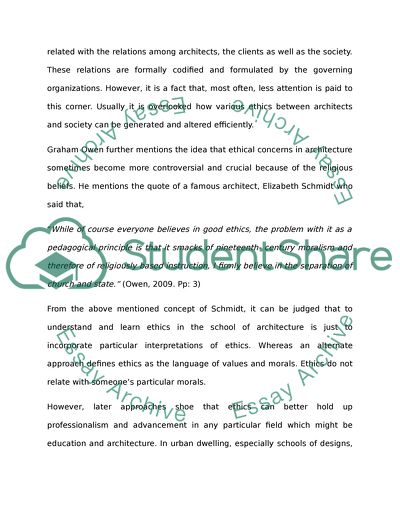Cite this document
(“Ethical architecture Literature review Example | Topics and Well Written Essays - 2000 words”, n.d.)
Retrieved from https://studentshare.org/architecture/1407208-ethical-architecture
Retrieved from https://studentshare.org/architecture/1407208-ethical-architecture
(Ethical Architecture Literature Review Example | Topics and Well Written Essays - 2000 Words)
https://studentshare.org/architecture/1407208-ethical-architecture.
https://studentshare.org/architecture/1407208-ethical-architecture.
“Ethical Architecture Literature Review Example | Topics and Well Written Essays - 2000 Words”, n.d. https://studentshare.org/architecture/1407208-ethical-architecture.


